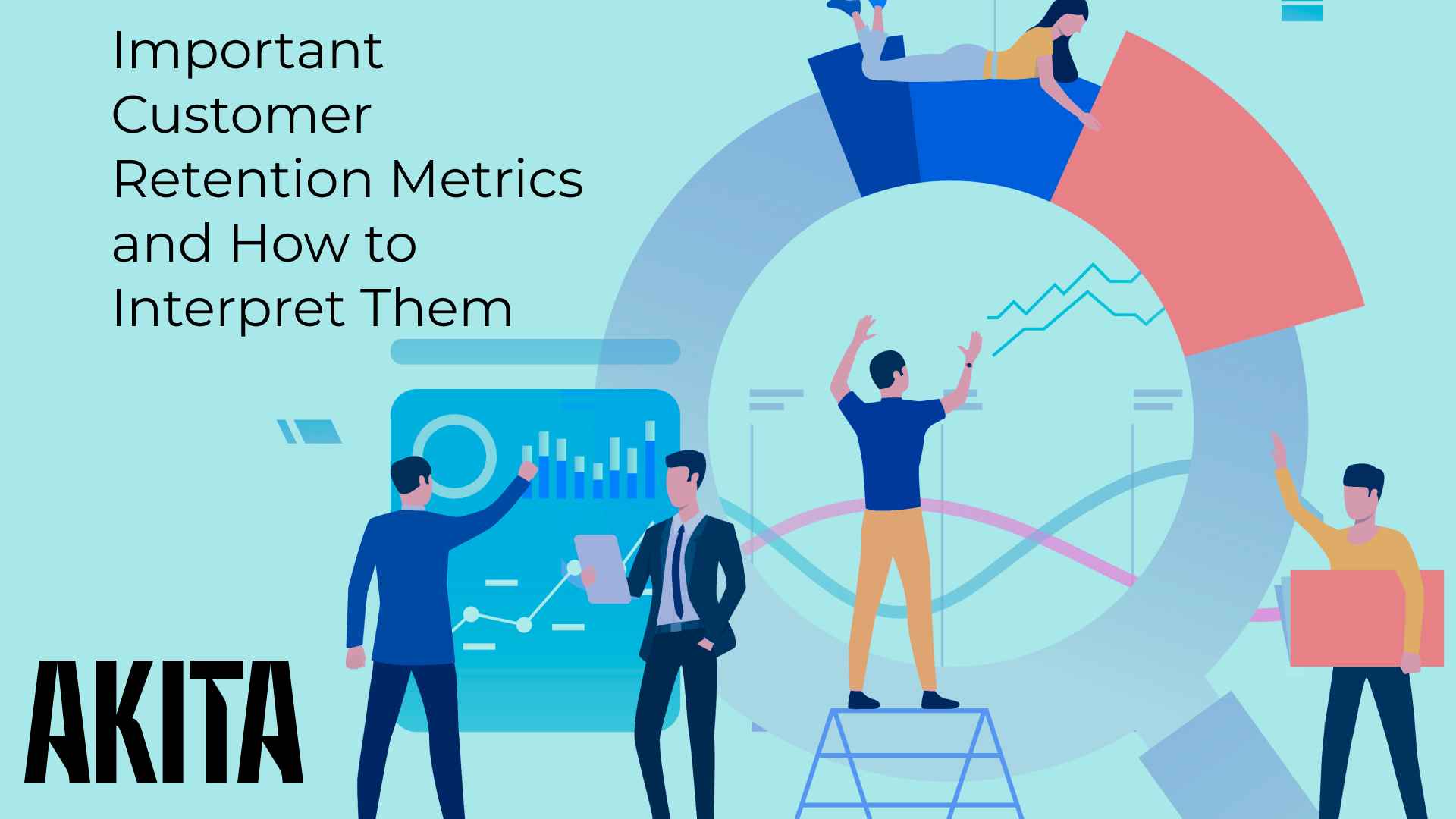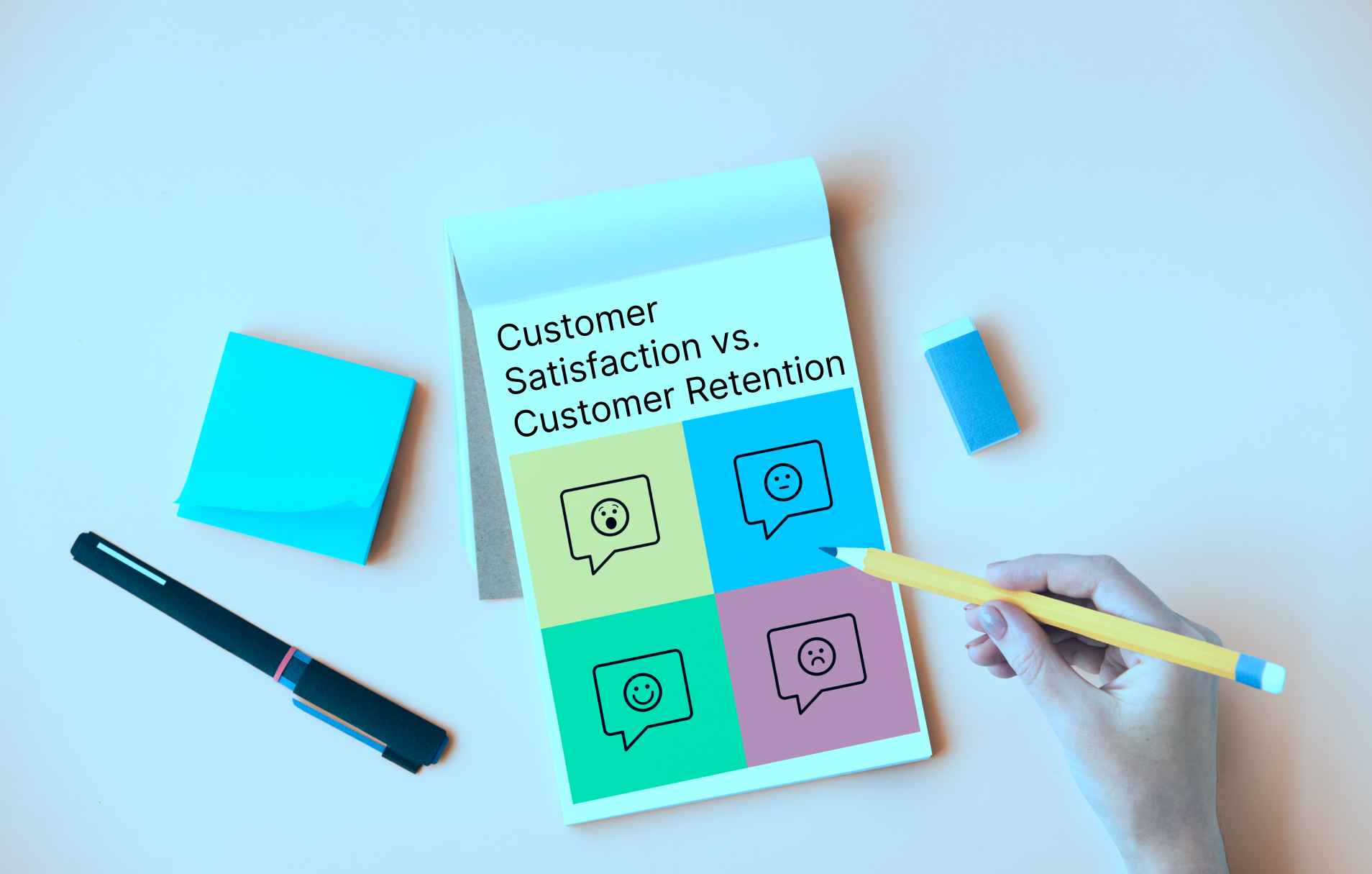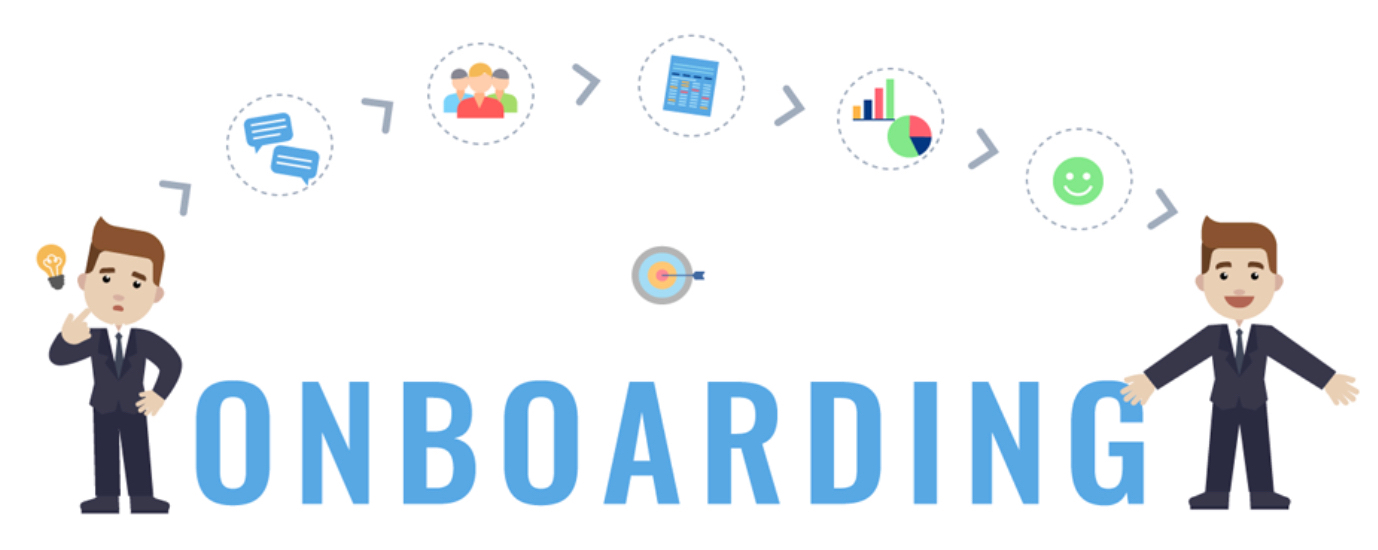The 7 Steps to SaaS Growth in an Economic Downturn

[TLDR … You can watch a webinar I gave covering the same ground as this post at the bottom of the page ]
It’s a scary time for SaaS.
With continued pressure from investors to grow in the face of plummeting demand and no real understanding of when or how the economy is likely to rebound, the future is uncertain. As new customers become as rare as hens teeth, finding a way to grow is going to become progressively more difficult.
Unfortunately, there is no magic solution … or is there?
Albert Einstein said compound interest is the 8th wonder of the world. If that is the case the magic of compounding revenue must be the 9th.
Simply put, if you never acquired a new customer ever again, and could grow revenues from existing customers by just 2% per month, the magic of compounding would DOUBLE your revenues in 3 years!
So who at your company can you rely on to dabble in such dark arts? Who is best placed to convince your customers to continue investing with you and that growing their investment will deliver benefits? Customer Success Managers!
CSMs are embedded in how the customer experiences your solution. With the right approach, data and tools, they will know if and when a customer is achieving their desired outcome(s). Having a good relationship with both the customer and the data empowers CSMs to reach out with a positive message about expansion at the right time via the most appropriate channel.
A well executed Customer Success led expansion strategy can deliver a truly sustainable engine for growth, even in an economic downturn!
The Steps to Building your Customer Success Growth Engine
1. Set Your Goals for Growth
You are looking to build a sustainable growth engine that can weather economic storms. To achieve this you need to grow revenue based on value accrued to the customer. Relying purely on the hustle of a salesperson wont work for most companies in this climate. Don’t get me wrong, hustle is admirable and still required but applied to the wrong customer at the wrong time, with no recourse to value, it 100% runs counter to the kind of long term strategy required to succeed.
So rather than looking to grow annual revenues by closing short term, one off, new business deals, now is time for senior leadership (and investors) to stop paying lip service to sustainable growth and move away from Annual Contract Value (ACV) as the key motivating KPI. It’s time to truly embrace Net Revenue Retention (NRR) and Customer Lifetime Value (CLV) as the metrics that measure and drive long term success, in all but the worst economic headwinds.
Companies need to set their growth targets by asking – “what is the potential for revenue growth with customers where value is being accrued?”, rather than the traditional mantra of, “we need to grow by 10% year-on-year [for no good reason other than its customary].”
This also means targets should be a moveable feast i.e. when the data changes, the targets need to change, in as close to real-time as possible.
When my information changes, I change my mind. What do you do?
– John Maynard Keynes
Also, with this strategy, you can’t put the cart before the horse. If customer health and Voice-of-Customer metrics indicate an underlying issue, rectifying that problem needs to be the focus before seeking expansion.
2. Build Your Toolset
Never take a knife to a gunfight. You could try to identify and create expansion opportunities ‘manually’, but it’s 2022 and there is a thriving ecosystem of relevant tools that will automate much, if not all, of your journey towards a bulging pipeline. You may find one miracle platform to do it all but most likely you will need to choose 2 or 3 that are interoperable…
- Customer Relationship Management (CRM) Software. A repository for all of your leads, accounts, contacts, opportunities. Your CRM is where you manage your sales pipeline. Generally, CRM platforms are great when it comes to managing new business but are lacking when it comes to delivering a deep understanding of your existing customer base, which is why you will want a CRM that integrates with a type of solution that is designed to track your customers and uncover expansion opportunities i.e. Customer Success (CS) Management software…
- CS Software – These platforms should tell you everything you need to know about your existing customers in one place; usage, health, communications, Voice-Of-Customer etc etc. It is your CS solution that will deliver the magic when it comes to identifying opportunities for expansion within your install base.
- Marketing Automation tools: You may want to automate outreach as part of your expansion campaigns. Your CRM or CS solutions may ship with outreach technology but if not, and you want to reach out to your Customer Success Qualified leads automatically, you will need to invest in a dedicated marketing automation platform that integrates with one or other of the previously described solutions.
3. Motivate your CSMs
Firstly – if you have the right data and a performing tech stack, you may not need to motivate your CSMs to do much prospecting. New opportunities can be automatically identified in the Customer Success Management platform and trigger opportunity records to be automatically generated in your CRM and assigned to the relevant salesperson/account manager.
Secondly – every company is different. Whether you choose to have your CSMs be target-driven and quota carrying as opposed to passing ALL leads to the sales team or choose some hybrid model will depend on your own specific challenges. Whichever path you take, CSMs will need to feel incentivised to prioritize the sales part of their portfolio of responsibilities.
Just be aware that there are strongly held views on whether CSMs should sell or not but in a demand crunch when you need to grow NRR to survive, CSMs have to play a role.
4. Define a Growth Opportunity
Unless a customer reaches out and says they want more product, how are you going to know who to reach out to, offering what and when? This is where your customer data and Customer Success platform (and CS team) come into their own.
‘Listen to the data’.
You most likely have an enormous trove of data relating to your customers that can be leveraged to help identify potential opportunities …
- Session/Usage Data – How your customer is actually using your solution. This can take the form of Session/usage metrics like monthly or daily active users (MAU/DAU) or visiting specific pages
- Event Data – Tickets, invoices, email, calls etc
- Voice-of-Customer (VOC) data – How your customer is evaluating your solution in survey or review form. NPS, CSAT etc.
- CSM sentiment – How your team feel the relationship between you and your customer is going and how that might be changing through time.
For your specific business, what data point or combination of data could indicate the potential for expansion within an account. Here is an example of a specific alignment of concurrent attributes that could indicate growth potential …
- Active Users > 90% [They are almost all logging in]
- Session Growth 20%+ In the last 2 Months [Usage is Growing]
- Company NPS is >50 [They like your product]
- Positive CSM Sentiment Recorded in the last 2 months [The CSM feels it is going well]
- Primary measurable Desired Outcome achieved [Are they getting the value they want] And of course…
- Potential to sell more is TRUE [if they are already wall2wall with your solution there is no point trying to sell them more!]
If that isn’t a perfect storm, I don’t know what is. But how do we instrument this?
5. Create Your Growth Segments
Now is the time to get the technology to do the heavy lifting. Your Customer Success platform will (should) have the capacity to ingest all of the relevant data and then enable you to apply the above conditions for expansion in the form of Segments.
Below is an image from a CS platform showing exactly that, all of the filters have been applied that meet these criteria. The resulting list of customers are your ‘Hot’ leads.
Filters – Akita Customer Success Platform
Now you know which of your customers are primed for expansion. Of course there are lots more ways to skin this particular cat but now your Salespeople are armed for success and can put their skills and hustle to targeted use.
For a deep-dive on why Customer Segments are so powerful and how to create and implement them click here.
You could stop here and do fine, however, if you are looking to scale this process there is a last mile you can go to really build an engine for expansion. Automation…
6. Build Your Repeatable Processes
CSMs and salespeople are busy. Creating processes that take them out of the loop as much as possible will free them to focus on customer health and retention and/or new business where their efforts may be best served. You can configure your tech stack to deliver a fully closed loop sales process where your CS platform identifies, via a segment, that an opportunity exists and in turn triggers one or a combination of the following …
- Notifications – an instant notification (e.g. to email or a collaboration app) can be sent to either the CSM or salesperson to alert them of the opportunity. They can then ‘manually’ create and work the deal in their CRM.
- Playbooks – a single/series of tasks can be sent to specific members of your Customer Success or Sales team. Customers can also be sent messages as part of this model.
- Webhooks – webhooks can be triggered within the Customer Success platform to perform an action. In this case, ideally, the triggered webhook would automatically open an expansion deal record in your CRM and assign it to the relevant salesperson.
7. Measure & Repeat
We want to build a ‘virtuous circle’ growth engine, so understanding what works and can be repeated is essential.
Attribute your expansion revenue by source and break it down by percentage. You will then KNOW which is the most lucrative and sustainable channel for customer growth.
Once it becomes obvious (hopefully) how much revenue is generated by Customer Success, either as sourced leads for your sales team or as directly sourced and closed expansion revenue, you can continue to build your CS growth engine by diverting sales and marketing resources away from new business sales and toward your Customer Success team.
How does this happen practically?
Ensure Customer Success is an option in the source field in your CRM’s opportunity records.
Track Customer Success Qualified revenue as a metric in your CRM or even better, ensure your CRM is passing the sourced field into your CS platform and track this metric there.
Dashboard – Akita Customer Success Platform
[Recording] Webinar covering the same topic as this post ….
Conclusion
It is not the strongest of the species that survives, nor the most intelligent that survives. It is the one that is most adaptable to change.
– Charles Darwin
SaaS companies that made it through the pandemic demonstrated an ability to adapt and grow, and we are all going to need to rely on that characteristic again, perhaps even more so. It is going to require an ability to challenge the natural order of things, that new business sales is the primary driver of growth and success for most companies. It will not be easy to make this shift, but it could make all the difference.





